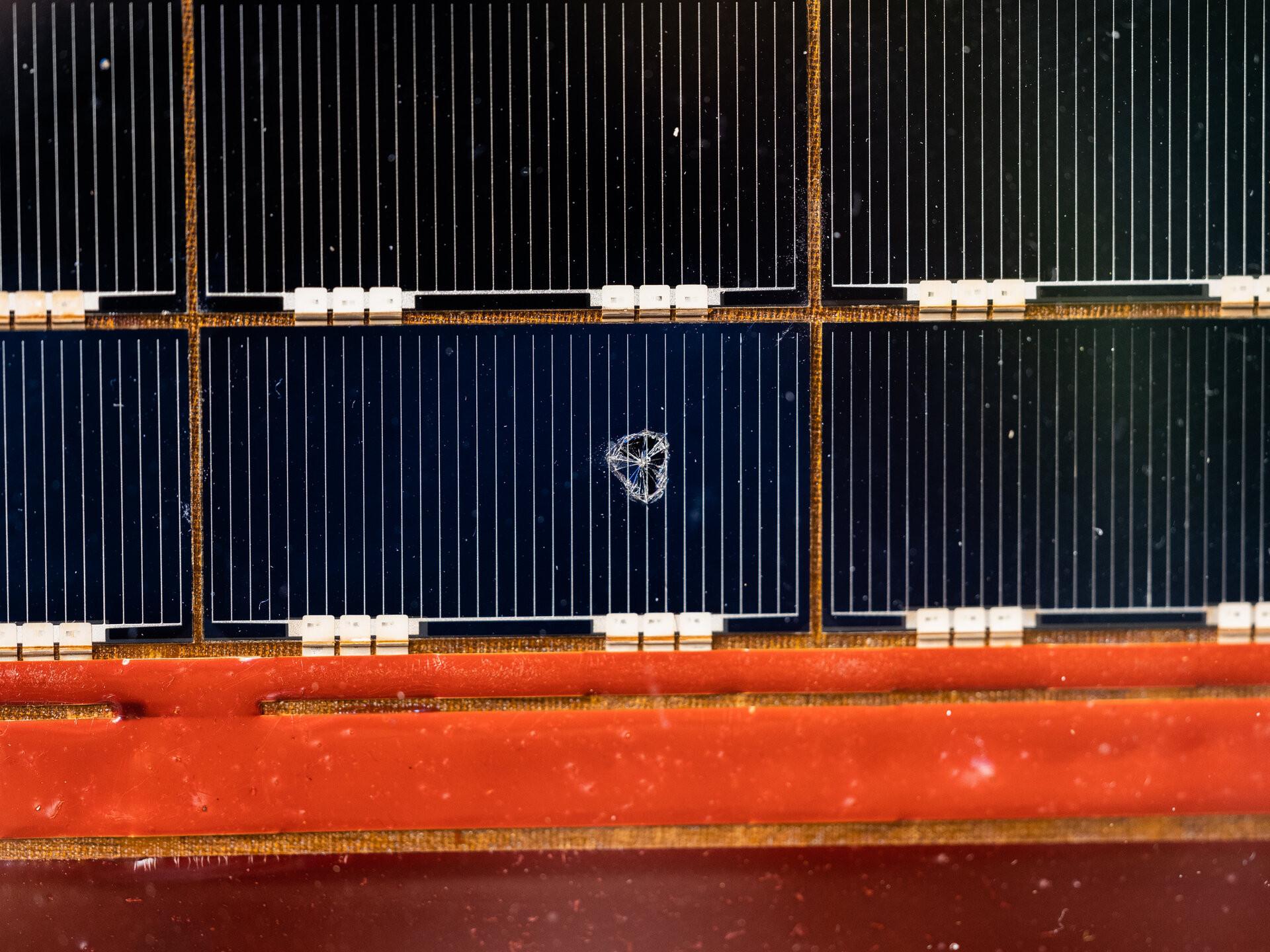Who builds towards a green future on a daily basis? To show how big ideas and visions find their way into reality, "Botanical Monuments" is part of this edition of the biennial: a collection of Rotterdams community initiatives around urban nature. They represent the ambition of the IABR to change the relationship between architecture and nature. But how does this ambition come to life in and around the city, who are the people behind big visions and what can we learn from them? Sabine and Jocelyn create the series "Hope Sowers" and engage with those taking steps towards an architecture that, in collaboration with nature, builds for future generations.
One of the Botanical Monuments is Hefpark: twelve years ago, a derelict site, now a green patch of land filled with blooming poppies, strawberry plants, buzzing bees, and roaming chickens. The park, located next to the Hefbrug, is a unique green space, born from the initiatives of Rotterdam citizens and practical decisions by the municipality. It consists of a series of interconnected vegetable gardens, flowering meadows that attract insects and birds, winding paths, and a small garden house where visitors can enjoy a coffee.
Volunteer Caspar shares, "From Rotterdam South station to the Hofbogen, there was a long, undeveloped strip of city above the train tunnels. Since it's above a train tunnel, building wasn't possible. It was an eyesore at that time. When construction plans were put on hold due to the financial crisis, local residents and the city together gave the land a temporary new purpose with vegetable gardens as a result. Together with other neighborhood residents, we wanted to make something beautiful out of it — as a thank you, I received my own garden, which I have now maintained for twelve years." Twenty people from diverse cultures, ages, and backgrounds collectively manage Hefpark. They regularly gather here to maintain their gardens and meet each other.
There is now a long waiting list for a garden plot in Hefpark, and for good reason: it's a special green space in a densely built-up area of Rotterdam. We walk past Caspar's lush garden. Everything seems to blossom. "My garden is a wild mess, but it's the diversity and colors that matter to me," says Caspar. "I don’t adhere to a strict plan or philosophy for my garden—no complicated trendy gardening methods here, just letting it grow as it comes. Every day, I see which plant has decided to grow. The plants themselves determine what they want from me as their caretaker and what my garden looks like," Caspar explains about his gardening strategy.
Caspar’s garden illustrates the organic character of the community surrounding Hefpark. "When we talk about connecting people, that’s what I attribute to nature," says Caspar. "But there’s no one here dictating how that should happen or how people should manage their garden. Some come daily, others once every six months. Some people engage in complex permaculture while others might only grow simple onions. You also have people more involved in organizing activities than gardening itself at this location. Think about birthday parties, live music, plant-based food kitchens, painting workshops, and yoga. It's quite diverse," Caspar adds. "We also have local youth and homeless people using the park at night. This also adds character as that is also how the city lives."
The rusty bridge in the background not only offers a unique cityscape. Across the Maas, another part of the park is managed by the municipality. This contrast between municipal management and resident management shows two extremes of how nature and urbanization can meet. However, this difference also brings challenges for Hefpark. "We do everything ourselves here. The park doesn’t have an address, so we can’t dispose of the waste, and it becomes a magnet for litter. The trash cans regularly overflow, and a lot of garbage ends up in the gardens," Caspar explains. Despite these issues, he sees a lot of potential: "I would love it when Hefpark becomes a sort of urban biotope with walls so no one can throw trash”, tells Caspar. Ironically enough, the chickens on the site don’t need any walls. They naturally stay within the small piece of land, despite the busy road around it.
Curious about Hefpark? Click here for their spot on the Botanical Monuments route. Opening hours, activities, and more information can be found here.




